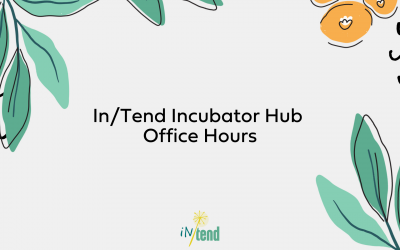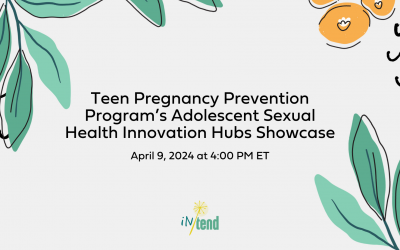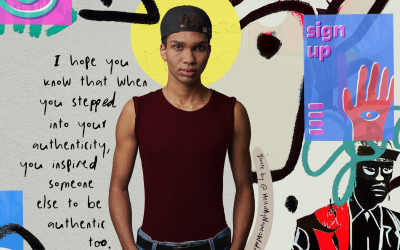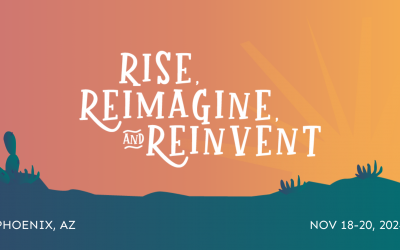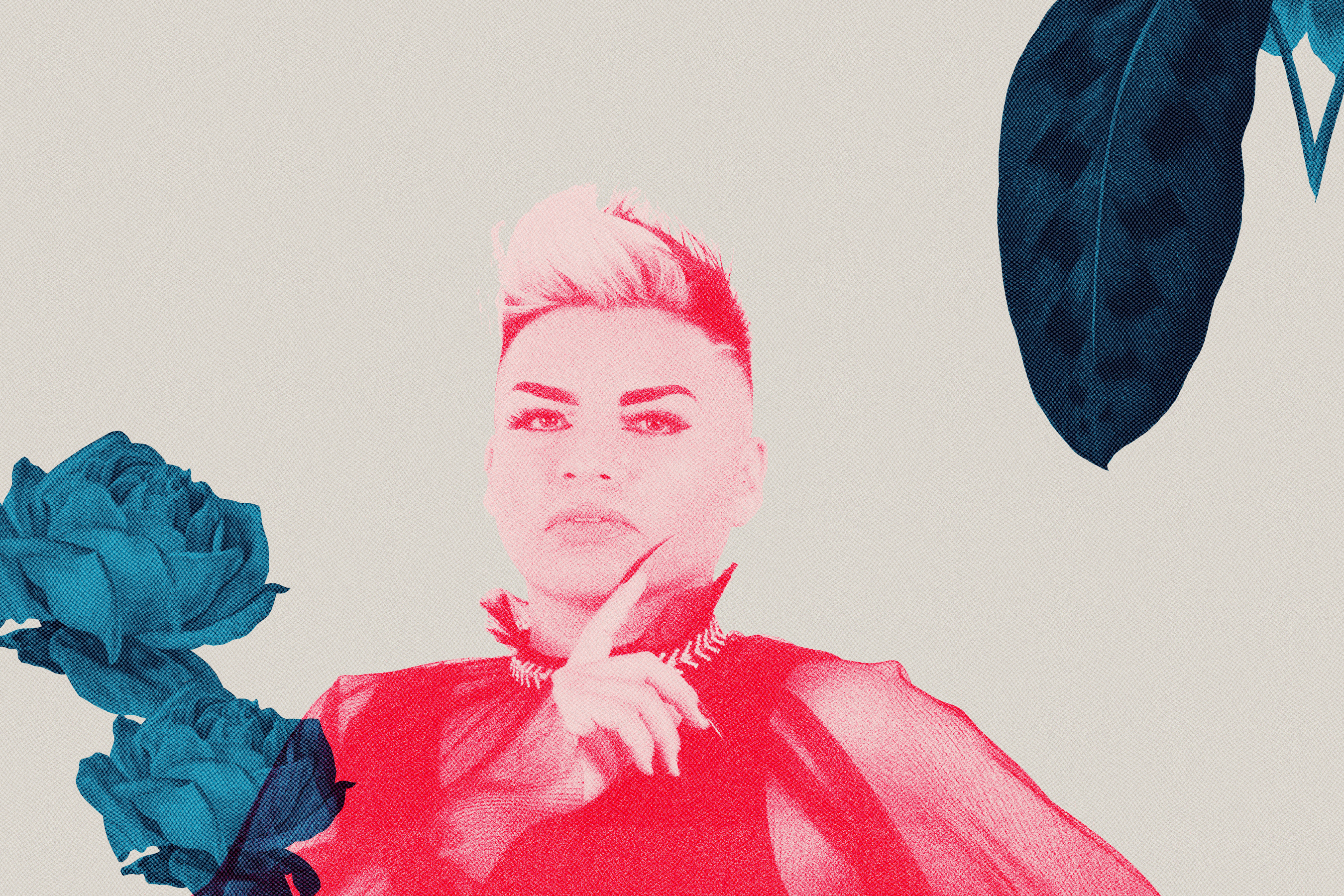
Thrivology brings you the latest research on how to provide the very best sexual and reproductive health education and care, so young people may thrive.
We start with the research, the science. We systematically gather, analyze, and synthesize the latest findings, and we know we can’t stop there.
Human-centered design is a creative, problem-solving process that involves the communities we serve in the development of solutions to issues they face.
We also need to learn from you, the professionals, the people who will put the research into action.
That’s why each and every one of our resources is developed using human-centered design. Human-centered design is a creative, problem-solving process that involves the communities we serve in the development of solutions to issues they face.
We do this because…
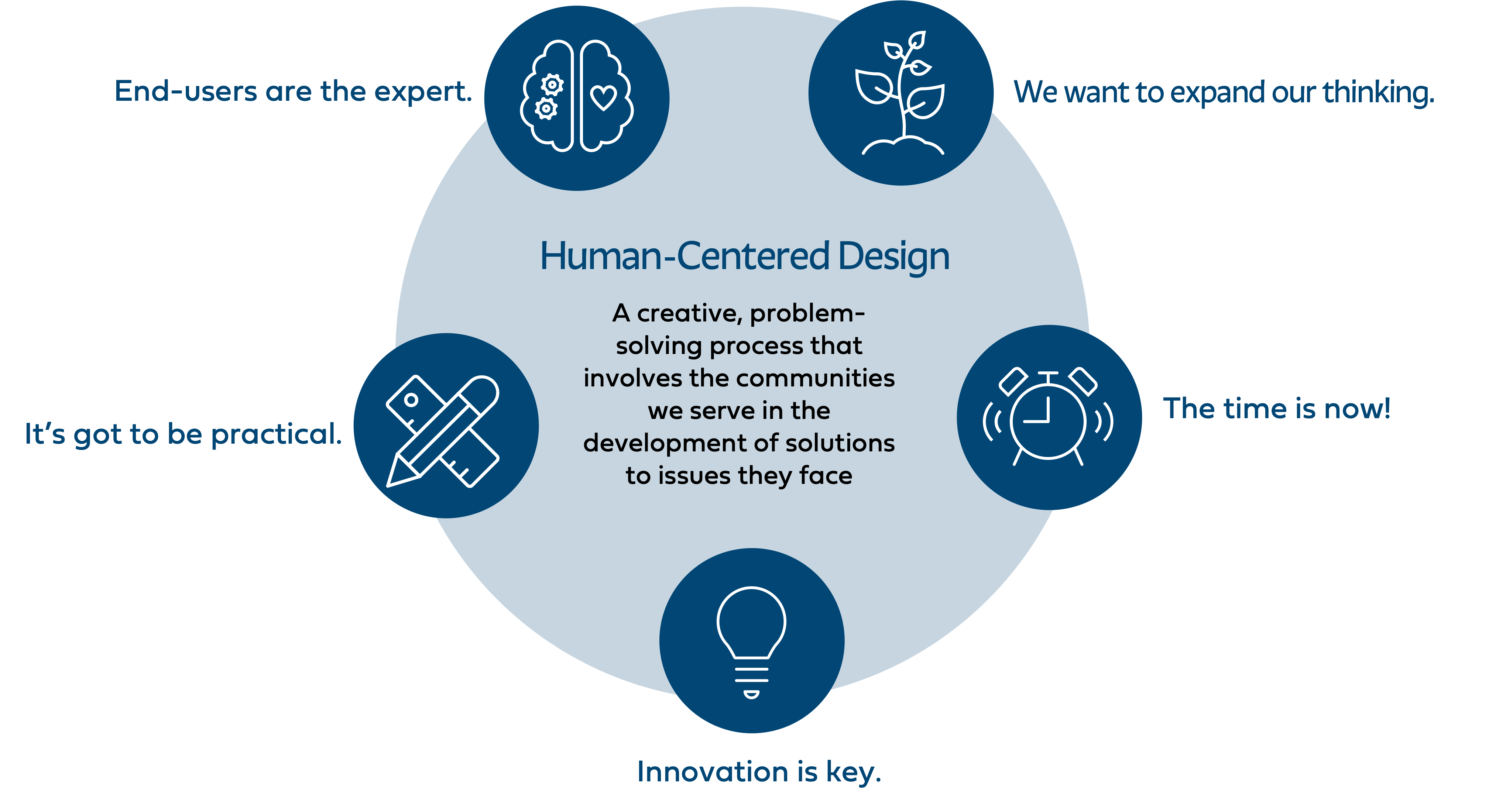
Why Human-Centered Design?
You’re the expert.
You bring a wealth of knowledge from your experiences. We need the research and your expertise to create the very best solutions, which is why we are partnering with researchers, youth-supporting professionals, and young people.
It’s got to be practical.
Because we listen to and learn from you, the end-user, we can create solutions that genuinely meet your needs. We don’t impose solutions that we think should work. You know the challenges better than anyone!
Innovation is key.
By approaching our work from different perspectives, we gain new tools and talents that lead to solutions we never would have imagined otherwise.
The time is now!
With this approach, we test many ideas quickly, learning and moving on to refine our ideas into solutions without wasting time. Young people can’t wait for the very best education and care—they need it today!
We want to expand our thinking.
We question our own assumptions and biases because we know they can impact the resources we create. We center the end user to challenge ourselves to move beyond what we think we know and expand our thinking.
Our Process
Our human-centered research-to-practice translation process prioritizes both the research and the expertise and lived experiences of the end-users to ensure we are creating resources that are useful and help professionals apply the research in their day-to-day work with young people.

In this process, first, we identify the gaps and priorities to develop our agenda. Next, we are inspired as we learn from both the research and the end-users—the youth-supporting professionals—to collect insights, or the most valuable learnings.
We place you—the teachers and educators, the counselors and clinicians, the caring adults—at the heart of our process, to create resources that you can use in the real world.
From there, we ideate at least two to three opportunities to create a useful resource. Next, we rapidly prototype, test, and iterate potential resources with our intended end-users, the youth-supporting professionals.
Then, it’s time to take all that feedback and finalize the resource, launch it, and implement our supporting activities that get the word out and help you use the resources. And of course, we are evaluating our efforts, to understand how well these resources and accompanying activities have been shared and received.
And that’s how we do it… We place you—the teachers and educators, the counselors and clinicians, the caring adults—at the heart of our process, to create resources that you can use in the real world.
We’ve got you.
Be the first to know about the latest resources—coming soon!—from Thrivology by signing up for our email list.
Interested in learning more about human-centered design? Check out these related posts:



